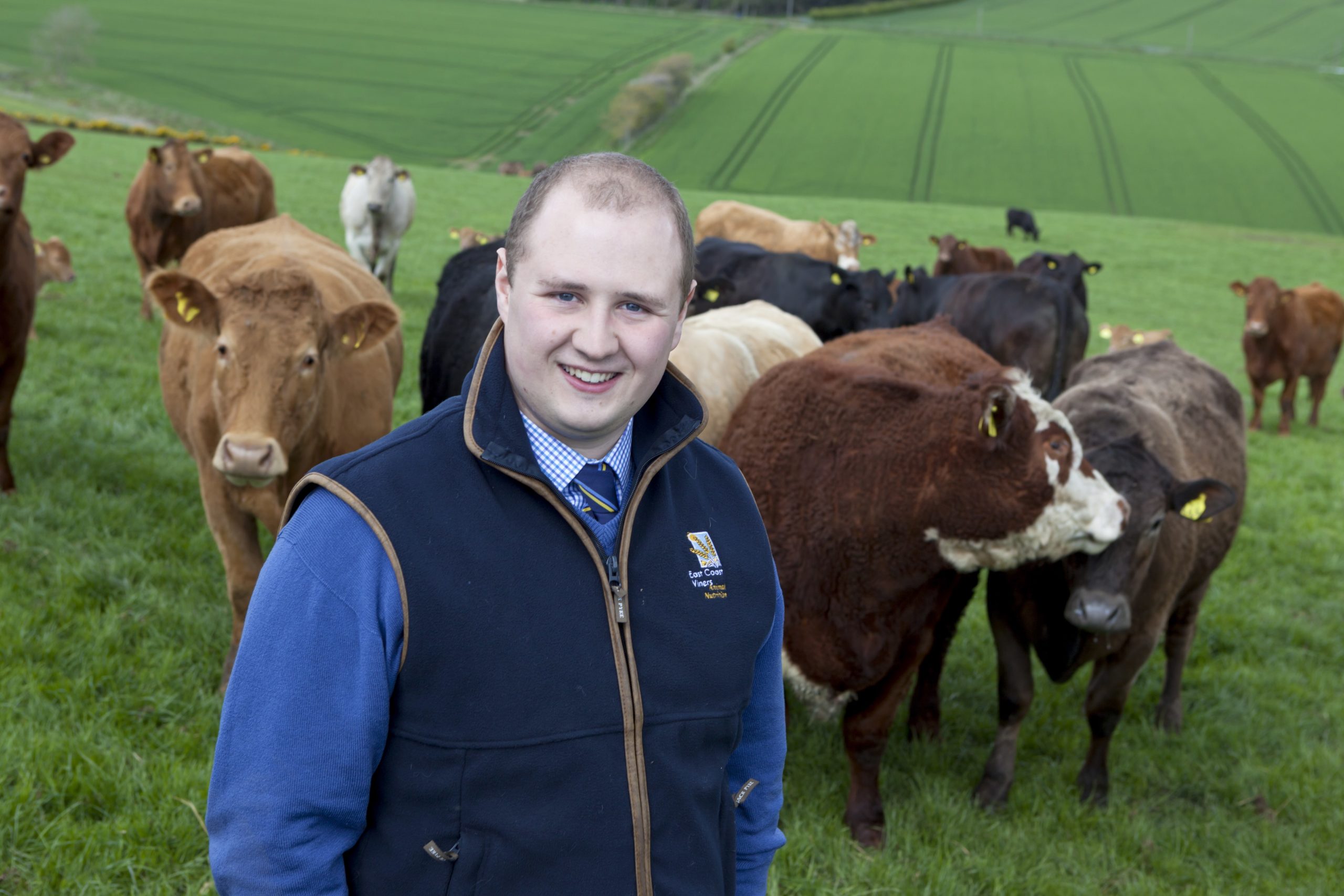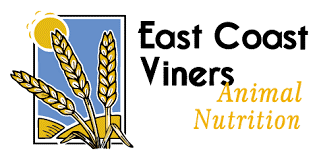A dry start to the summer followed by a wet July means farmers in the North-East need to take a close look at calf nutrition in the next few months, says Steven Eddie, Ruminant Nutritionist at East Coast Viners.
“With an exceptionally dry start to the summer, grass growth for many farmers in the north-east was limited. With pastures having suffered a period of stress, swards tended to bolt producing seed heads, leading to a reduction in the nutritional value of the grass available to the grazing stock. Farms that suffered during the dry spell may have seen either reduced silage yields or a slow regrowth leading to the difficult decision to sacrifice cutting fields to grazing stock. With the weather turning wetter into July, grass growth improved with many of the earlier cut silage fields quickly turning green and producing a promising second cut or aftermath for grazing, but this may have been too little, too late for some.”
Mr Eddie advises that feeding youngstock a blend or nut to bolster growth is the answer and will pay dividends come weaning and beyond:
“Pre-weaning, it serves well to introduce a creep feed to youngstock, building frame with protein and encouraging growth with energy. Creep feeding before weaning allows youngstock to adapt to a new food source, reducing stress and improving condition and growing ability come weaning time.”
From around three months of age, calves can be given a nut containing 17% protein, supporting growth when grass can be lacking nutrients. East Coast Viners, which has over 30 years’ experience in animal nutrition, source cereals within close proximity to their site, promoting a local, sustainable source of starch.
Second Stage Calf Nuts are formulated to an energy level of 12.7 ME (metabolisable energy) and include a high spec vitamin and mineral package. Plant extracts and essential oils support feed conversion ratios (FCR), daily liveweight gain (DLWG) and minimise methane emissions. Dark grains, sugar beet and soya are included in this nut to aid framing ability.
“Improving conformation of youngstock with a high protein nut or blend when their FCR is efficient, means that growth potential can be achieved when ME values are later increased, improving fleshing ability and fat cover on finishing cattle,” said Mr Eddie. “Cereal prices have come back on last year and getting cattle on to concentrates early ensures consistent FCRs and strong DLWG without diminishing profit margins.”
For farmers wanting to utilise home-grown cereals, mixing a Concentrate Blend and a Concentrate Nut with their own grains offers cost-effective protein options for on-farm mixing. Slowly reducing the protein inclusion and increasing the cereal content of the mix as cattle grow, will enable store buyers and finishers to achieve target growth rates. Concentrate feeds also offer the flexibility to produce a ration at different ratios for each group of cattle depending on their growth stage ensuring the correct levels of protein and energy, he advises.
Mr Eddie added, “We encourage livestock farmers to analyse silage during September, a service offered by ECV, enabling a tailored feed plan to be created to suit the needs of their cattle and cereal availability. Every farm will be different, so the key is to keep talking to your nutritionist and to plan the most efficient balance to get the best results for your systems.”
He also recommends that at this time of year farmers to do a stock take and inspect what’s in the shed or pit for winter feeding. Recent years haven’t created a carryover of feed so it is worth checking if more forage is required or whether it may be wise to keep cows tighter and get calves growing on a concentrate feed to avoid a need to purchase forage in early 2024.

